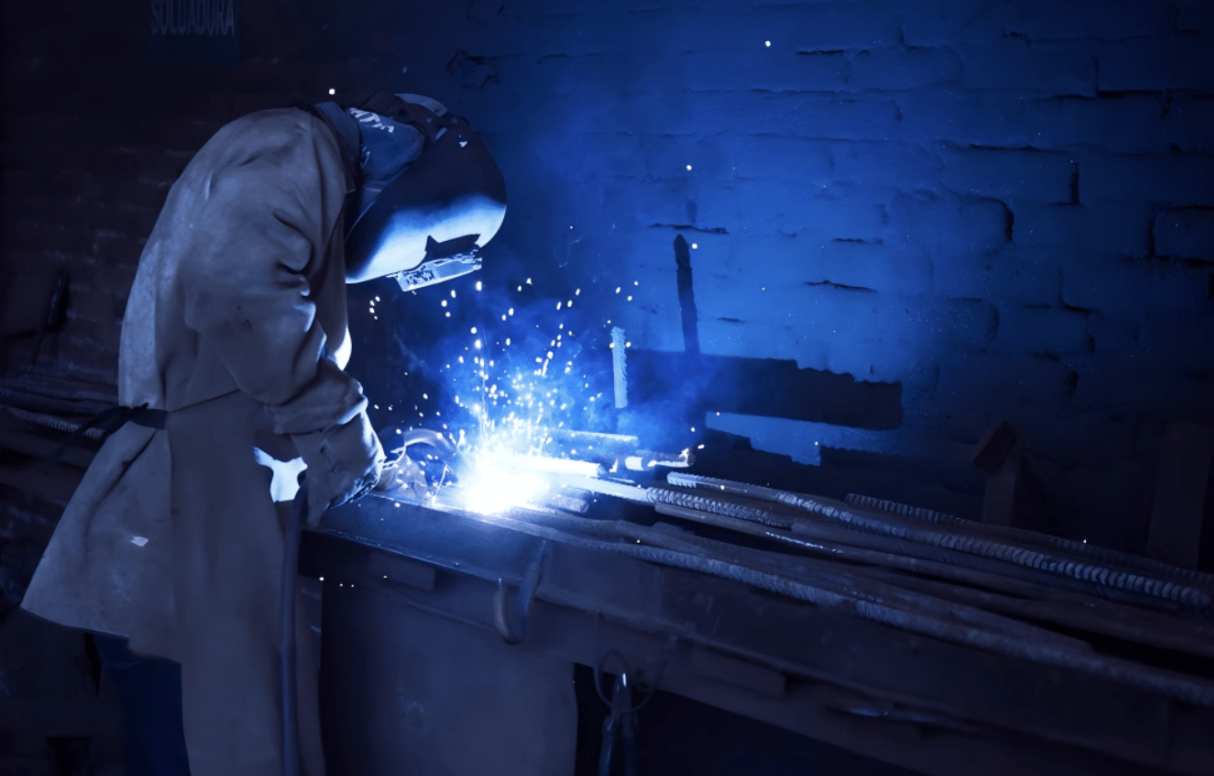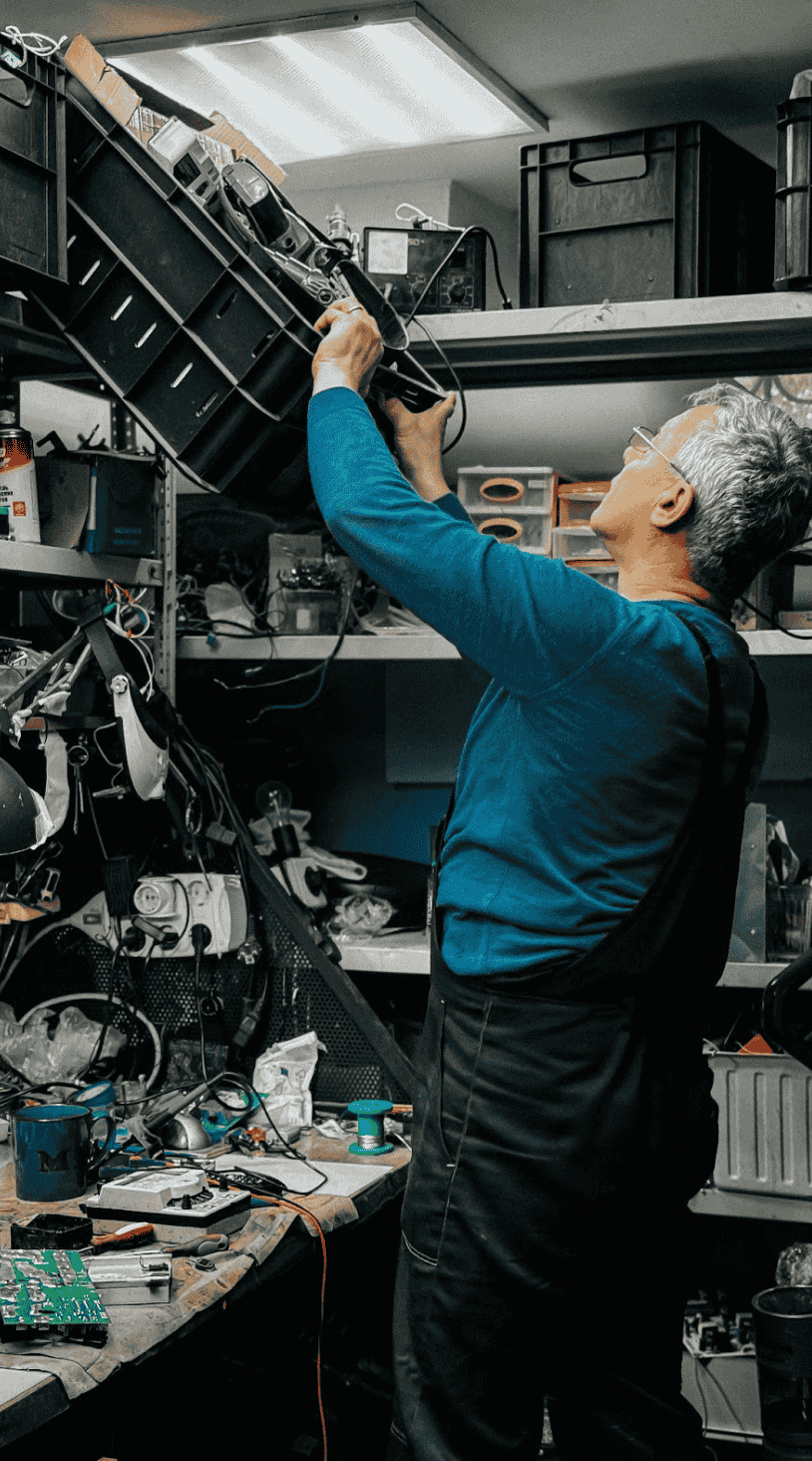Top Industrial Uses of Cobot Welders in Modern Manufacturing

Manufacturing is changing fast — and one of the biggest shifts is the rise of the cobot welder, a collaborative robotic system designed to work safely alongside humans. Unlike traditional industrial robots, cobots are built for flexibility, quick setup, and ease of programming, making them ideal for today’s dynamic production environments.
As industries face skilled labor shortages and increasing quality demands, cobot welders are filling the gap—boosting productivity while keeping operations agile and cost-efficient. In this article, you’ll explore where and how cobot welders are used, their benefits across sectors, and what makes them the perfect bridge between manual and fully automated welding.
Small and Medium Fabrication / Job Shops
High Mix, Low Volume Efficiency
For small and mid-sized fabrication shops, no two jobs are the same. Projects vary in size, thickness, and joint geometry, which traditionally makes automation difficult. A Cobot welder shine in this environment because of their quick changeovers and user-friendly programming.
Operators can set up a new welding sequence in minutes without advanced coding. This enables you to handle short runs and customized orders efficiently—something traditional robotic welding cells can’t do cost-effectively.
Typical Tasks Include:
- Fillet welds and seams on frames and enclosures
- Tacking parts before manual finishing
- Reinforcement welding for brackets or supports
Benefits for Fabrication Shops
- Frees skilled welders to focus on complex, high-value work
- Ensures repeatable quality with minimal oversight
- Reduces fatigue from repetitive tasks
By blending precision automation with human adaptability, cobots empower small shops to compete at a larger scale without massive capital investment.
Automotive and Transportation Subassemblies
Flexible Automation for Tier-2 and Tier-3 Suppliers
In automotive manufacturing, cobot welders are revolutionizing subassembly production. While high-volume, fully robotic lines handle body-in-white welding, smaller suppliers use cobots for moderate-volume, high-flexibility tasks such as brackets, frames, and component assemblies.
Advantages in Automotive Settings:
- Quick reprogramming to accommodate new models or design changes
- Consistent weld quality across multiple shifts
- Compact footprints fit easily within existing lines
Cobots can handle repetitive, structurally critical welds without extensive retooling—reducing downtime and improving throughput for suppliers supporting OEM production lines.
Heavy Equipment, Construction, and Agriculture Components
Strength and Consistency for Large Assemblies
Heavy equipment and agricultural machinery demand durability and precision. Cobot welders are being integrated to handle thick materials, chassis reinforcements, and large component welds that require consistent heat input and accuracy.
These applications often involve challenging geometries and multiple passes. Cobots equipped with wobble welding or seam-tracking sensors can adapt to part variations while maintaining uniform weld penetration.
Common Uses:
- Tractor or excavator frames
- Structural beams and panels
- Support brackets, linkages, and housings
By pairing cobots with positioners or fixtures, manufacturers can achieve repeatability and efficiency that previously required dedicated robotic cells—at a fraction of the cost.
Metal Fabrication and General Manufacturing
Reliable Automation for Everyday Welding Tasks
Cobot welders are increasingly used across general manufacturing sectors for tasks such as:
- Sheet metal enclosures and cabinets
- HVAC ducting and support frames
- Appliance and machinery housings
These applications demand fast, accurate welds with minimal spatter. Cobots equipped with adaptive control and vision systems can dynamically adjust for part variation, ensuring consistent weld quality across different production batches.
Why It Matters:
- Simplifies training for new operators
- Reduces reliance on scarce welding labor
- Increases daily throughput and product uniformity
In short, cobot welders make automation accessible—even for companies without dedicated robotics teams.
Repair, Maintenance, and Aftermarket Welding
Bringing Precision to Industrial Repairs
Repair and maintenance welding often involves irregular, worn, or previously welded parts. The portability and flexibility of cobot welders make them valuable in these scenarios.
Instead of retooling or sending components off-site, technicians can program a cobot to perform on-the-spot repairs, such as:
- Crack patching or overlay welding
- Structural reinforcements
- Equipment refurbishment
For aftermarket operations, cobots reduce lead times, cut costs, and deliver consistent results without the variability of manual repair work.

Aerospace, Defense, and Precision Industries
Meeting High-Precision Welding Standards
In sectors where every weld is mission-critical, precision and repeatability are non-negotiable. Cobot welders excel here, performing clean, consistent welds for small batch, high-specification components.
Applications Include:
- Aerospace brackets and support structures
- Satellite frames and sensor housings
- Defense components requiring traceable weld records
These industries value cobots for their digital traceability, real-time monitoring, and repeatability—ensuring every weld meets the strictest quality standards.
Educational and Prototyping Environments
Training the Next Generation of Welders
Welding schools, universities, and R&D labs are adopting cobot systems for training and experimentation. Because cobots can be safely operated near humans, they’re ideal for demonstrating welding principles and testing new designs.
Students can visualize parameters like power, speed, and oscillation effects in real time—without the risk of exposure to traditional robotic systems.
In prototyping environments, cobots allow engineers to quickly iterate and test weld designs before scaling up to production, accelerating innovation cycles.
Complementary and Hybrid Welding Tasks
Enhancing Workflow Integration
Cobots don’t just weld—they can also collaborate with other automation systems. Many are equipped with sensors or vision tools for:
- Seam tracking and adaptive welding
- Detecting joint deviations or misalignment
- Coordinating with material-handling robots for assembly lines
Hybrid setups—where cobots handle welding while larger robots position parts—maximize throughput and minimize idle time. This synergy enables a more streamlined, intelligent production process.
Considerations and Enablers
Implementing cobot welding successfully requires careful planning and integration:
- Fixtures & Jigs: Ensure consistent positioning for repeatable welds.
- Safety Systems: Collaborative modes with force sensors and safety-rated zones protect human workers.
- Sensors & Vision Systems: Enable seam tracking and adaptive welding.
- ROI Factors: Evaluate payback period, productivity gains, and operator training time.
Cobot welders are most valuable when paired with strong fixture design, well-defined safety zones, and operator engagement.
Redefining Collaborative Welding
As cobot technology continues to evolve, Denaliweld is leading the way with intelligent, user-friendly welding solutions designed for precision and efficiency. A cobot welder from Denaliweld combines advanced control systems, ergonomic design, and reliable automation to help manufacturers of all sizes scale productivity without compromising quality.
Whether you’re running a fabrication shop, managing automotive subassemblies, or developing aerospace prototypes, their solutions make collaborative welding accessible, adaptable, and safe. With seamless integration and dedicated support, they empower teams to work smarter—not harder.
Conclusion
The cobot welder has transformed modern manufacturing by bridging the gap between manual craftsmanship and full automation. From job shops and heavy equipment plants to aerospace labs and repair facilities, cobots are driving efficiency, consistency, and safety across countless applications.
By embracing collaborative welding technology, you not only boost productivity—you also future-proof your operation against labor shortages and rising quality demands. With trusted innovators, manufacturers can confidently adopt cobots that work hand in hand with people, reshaping the future of welding one weld at a time.



